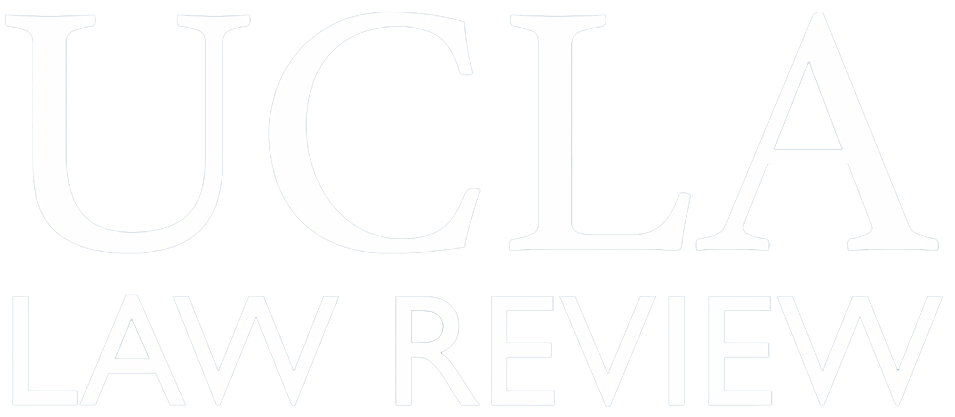Abstract
The abolitionist movement seeks to fundamentally dismantle the prison industrial complex. Modern abolitionists recognize that mass incarceration of Black and Brown people is twenty-first century slavery. True abolition, they note, cannot be realized by merely tinkering with the carceral state. Instead, the complete elimination of modern-day badges and incidents of slavery must occur. The U.S. Supreme Court has held that § 2 of the Thirteenth Amendment grants the U.S. Congress the power to pass legislation to eradicate any “badges and incidents” of slavery. By passing federal antigang legislation and failing to outlaw similar state statutes, which are modern badges of slavery themselves, Congress abdicates its duty to enforce the Thirteenth Amendment. The Reconstruction Amendments’ legislative history suggest that in the absence of Congressional action, federal courts are the last resort for striking down state laws that perpetuate the institutions of slavery and white supremacy. Thus, this Article calls upon the United States Supreme Court to exercise its duty and join the abolitionist movement to target antigang statutes as but one institutional legacy of slavery that must be toppled.
Part I of this Article engages Thirteenth Amendment scholars’ writings and adopts a prominent position that the intent of the Thirteenth Amendment, to eradicate all forms of slavery, is applicable to many modern-day instances of oppression. This Part adds to other abolitionist scholars’ efforts by demonstrating that Black Codes, Jim Crow-era vagrancy laws, and gang injunctions have evolved into the sophisticated antigang statutes of today, and they were initially intended to be— and still are—”badges” and “incidents” of slavery. Part II identifies the specific individuals who drafted, advocated for, and facilitated the passing and the enforcement of the first gang statutes in this country. Those individual drafters’ racist ideologies and objectives will be exposed by way of their writings, public statements, and campaigns then challenged to upend their justification for gang statutes. Part III gives some sense of the economic cost of gang prosecution, the human toll on gang members and the communities from which they come and how gang statute prosecutions violate the plain language of the U.S. Constitution. In addition to the economic cost of gang enforcement regimes—which are almost impossible to fully calculate—this Part highlights how gang prosecutions do not address the public safety concerns of largely Black and Brown communities. Part IV applies an abolitionist framework to gang statutes and explores solutions that not only make better use of economic resources and restore integrity to constitutional due process, but actively work towards an abolitionist horizon. This Article offers a proposal for the reallocation of funds towards antiracist structural change and a centering of community justice based in the power of the Thirteenth Amendment.
The United States was founded on genocide and white supremacy, but the Reconstruction Amendments presented an opportunity for the country to start again. By revisiting the legislative history of the Thirteenth Amendment, the abolitionist intent behind it, and the way in which white supremacists have thwarted such intentions, this Article argues that the present social climate is ripe for redressing Thirteenth Amendment jurisprudence, beginning with the total eradication of antigang statutes.
